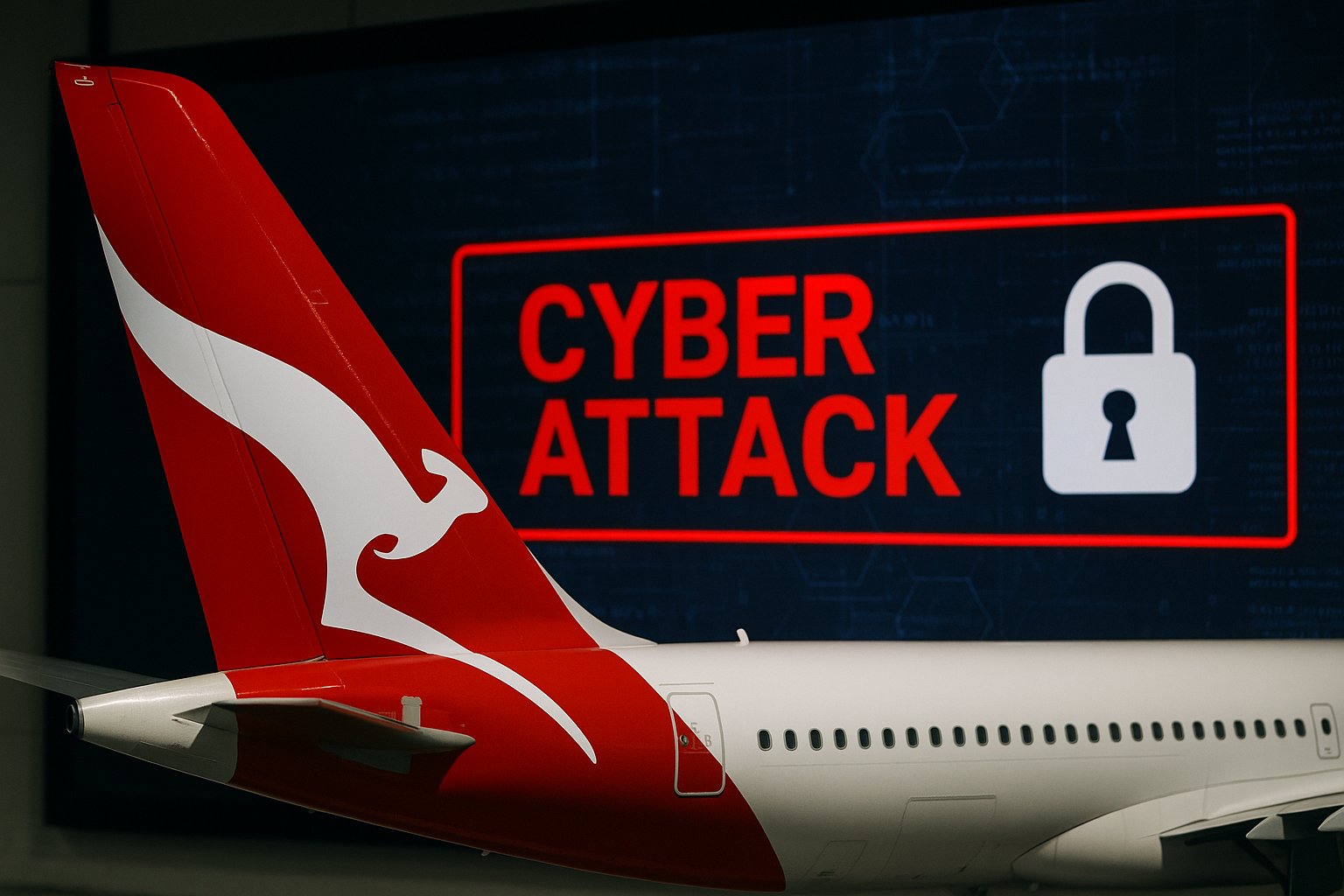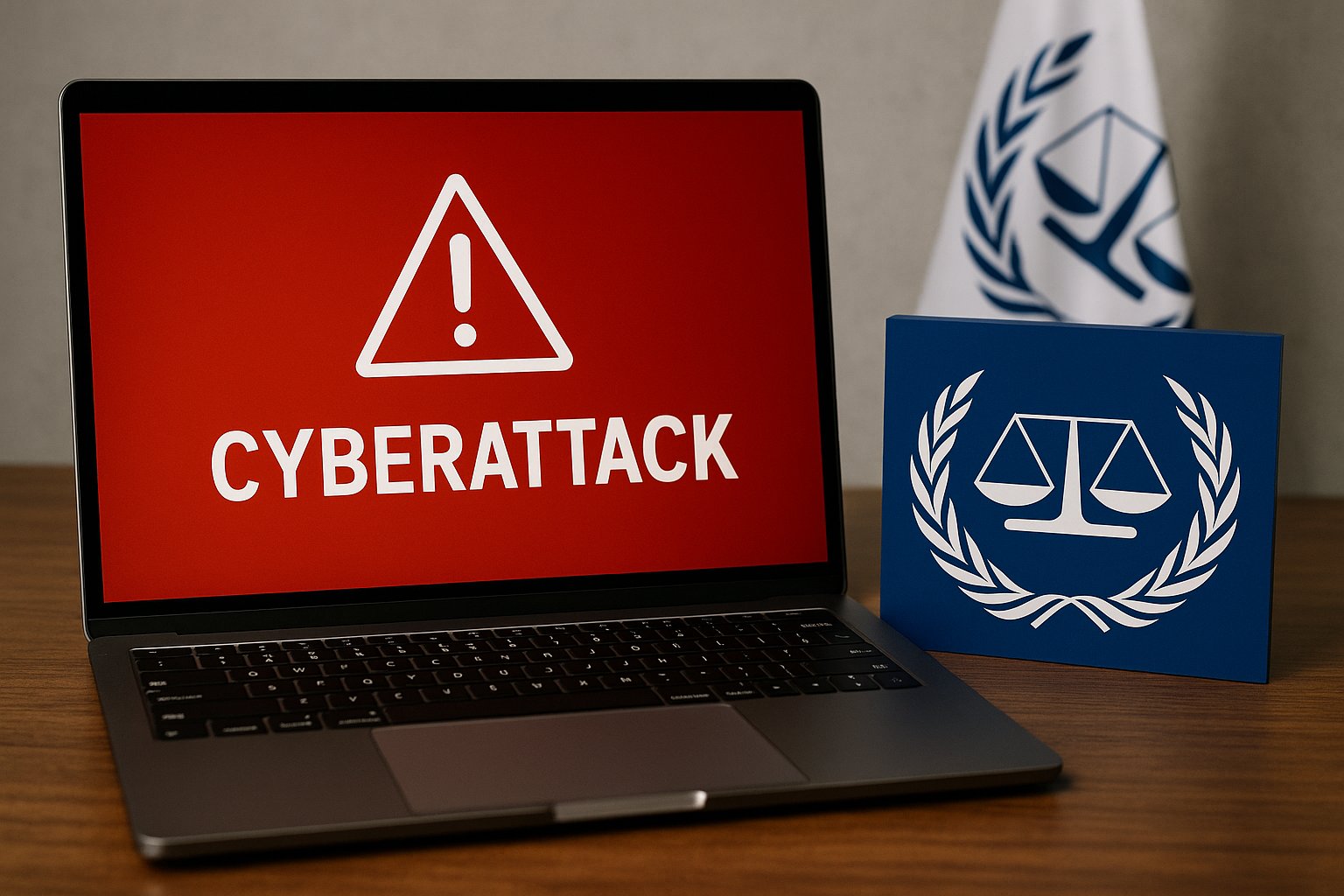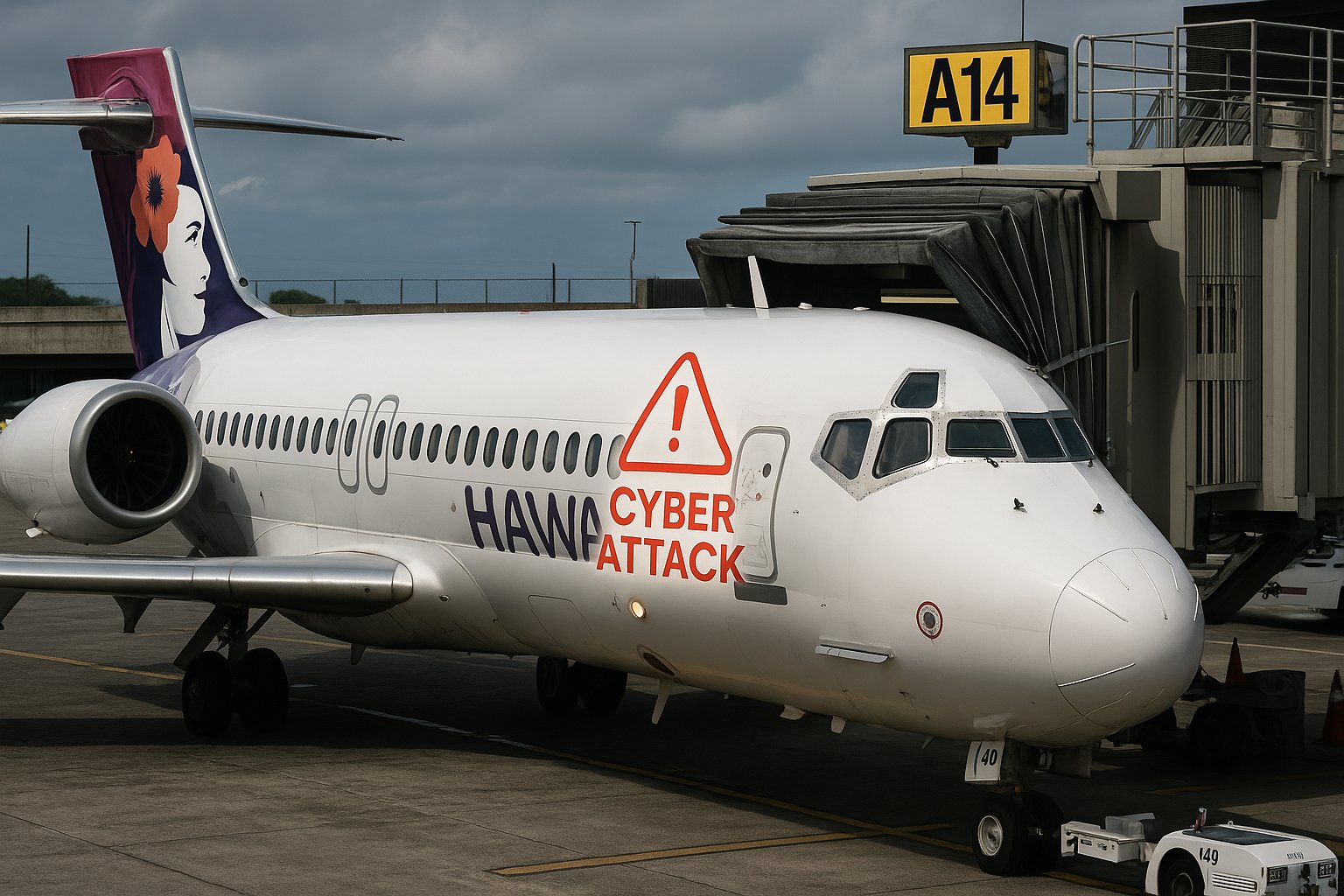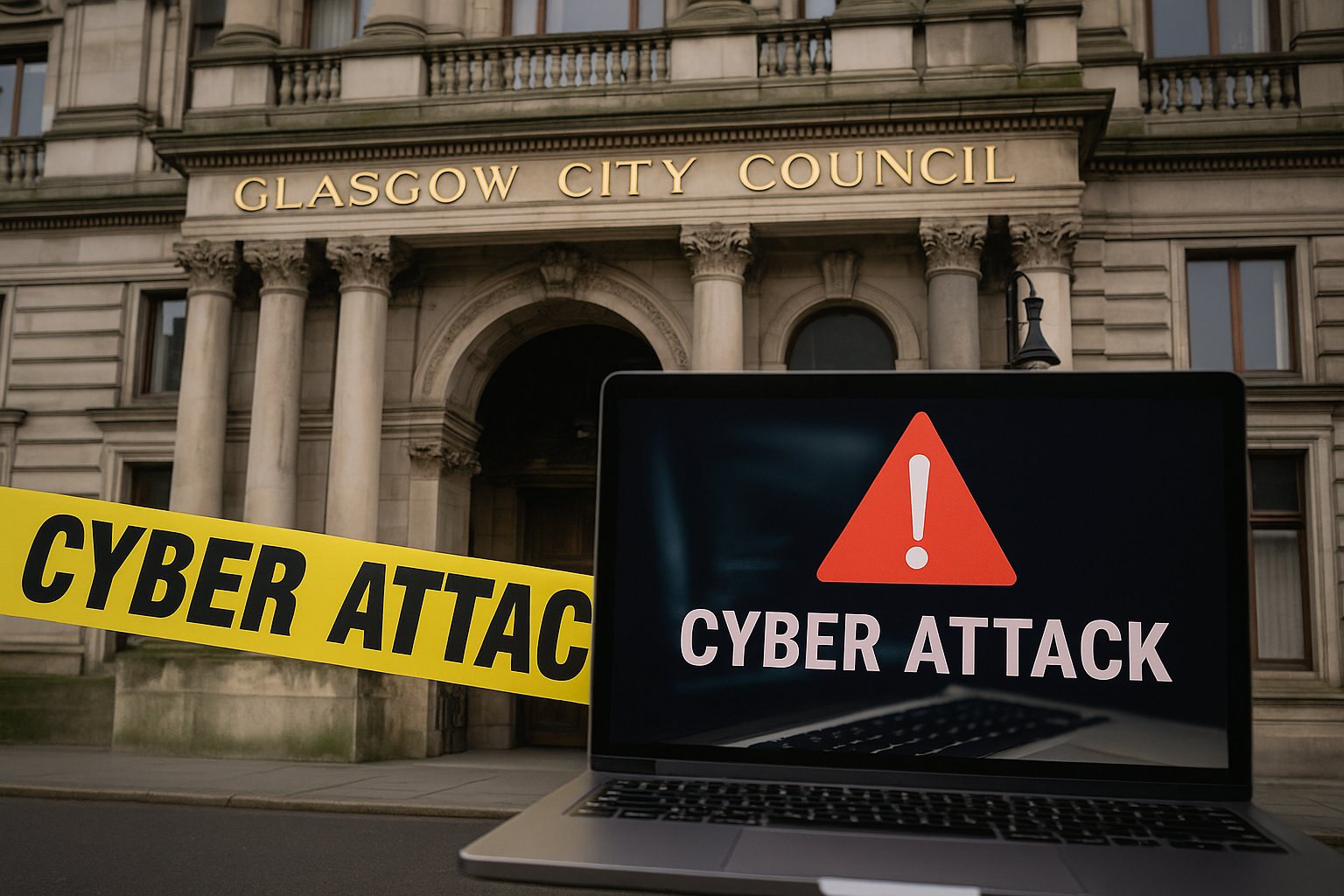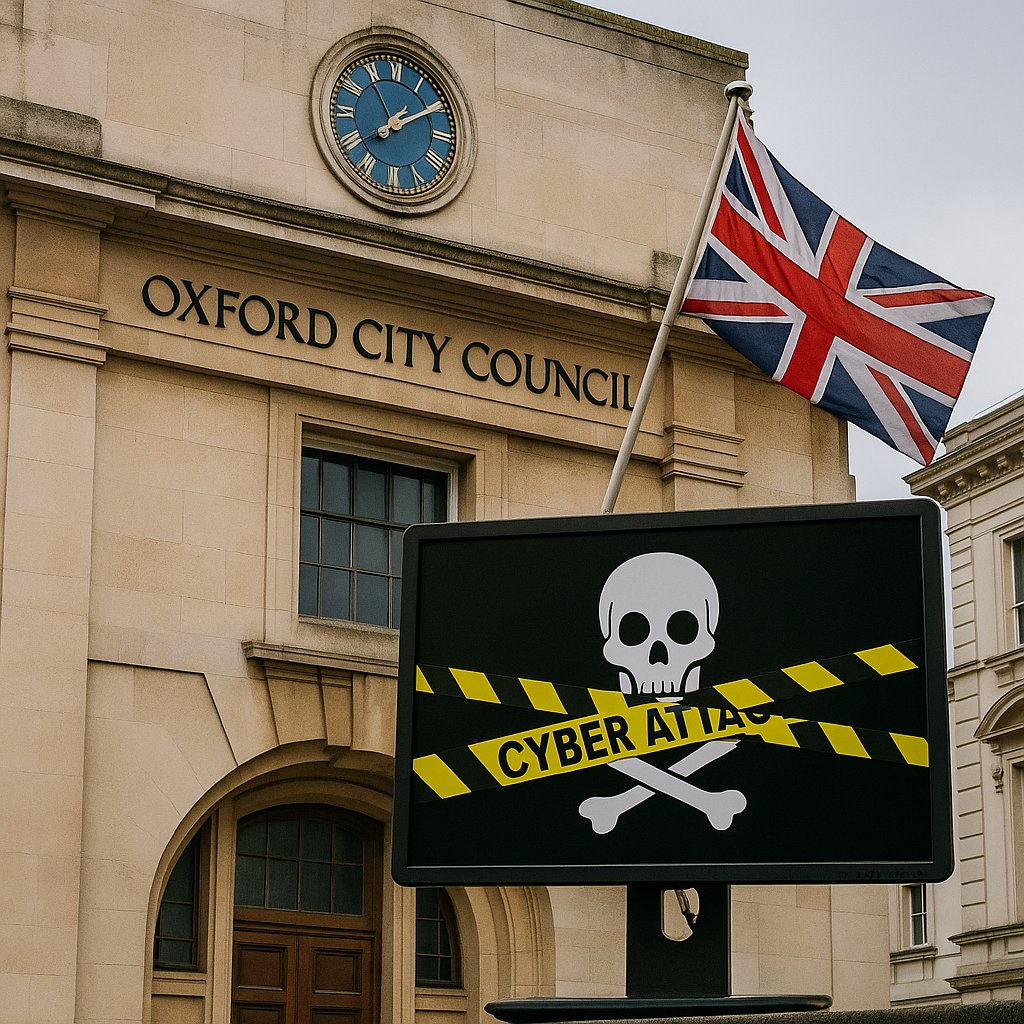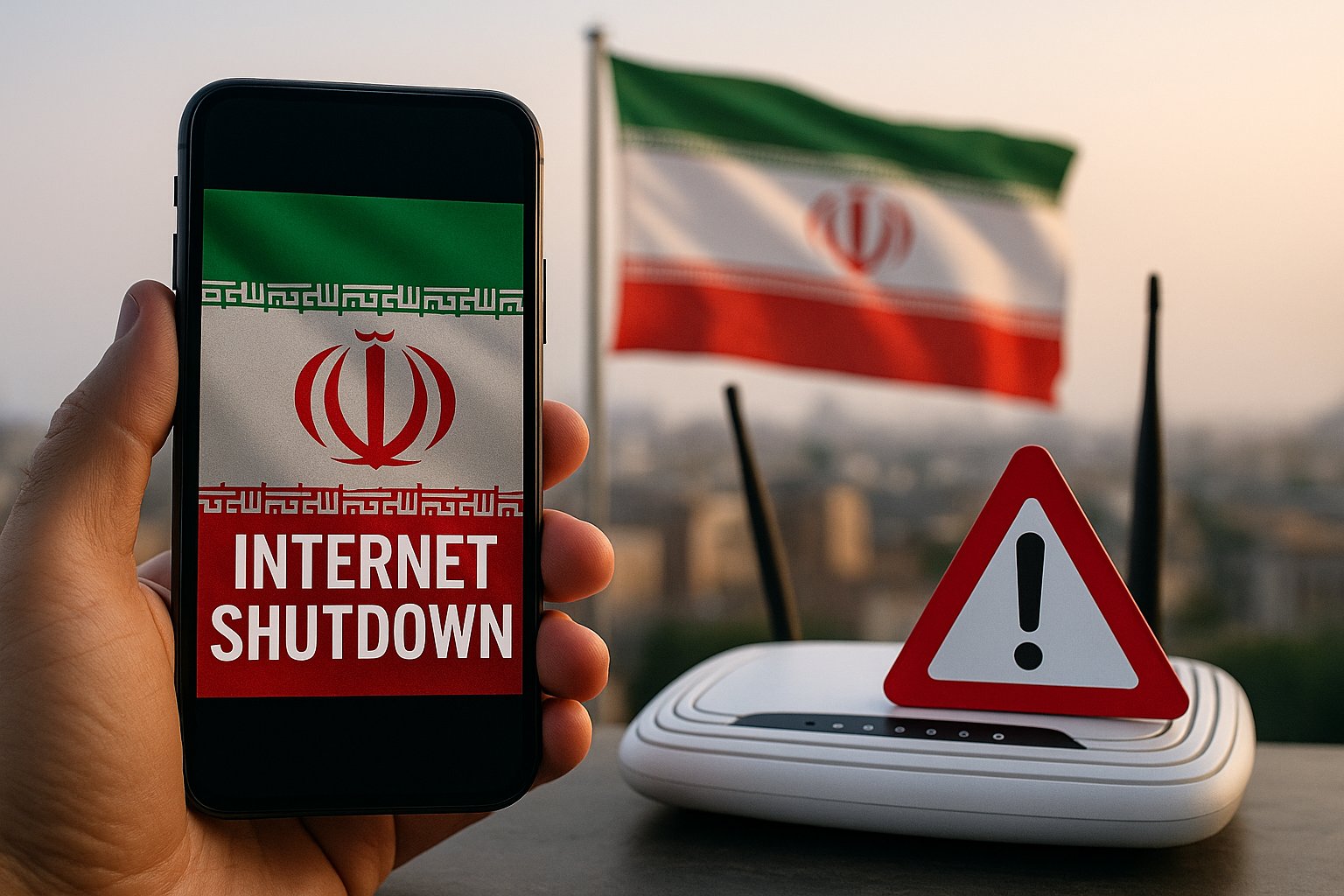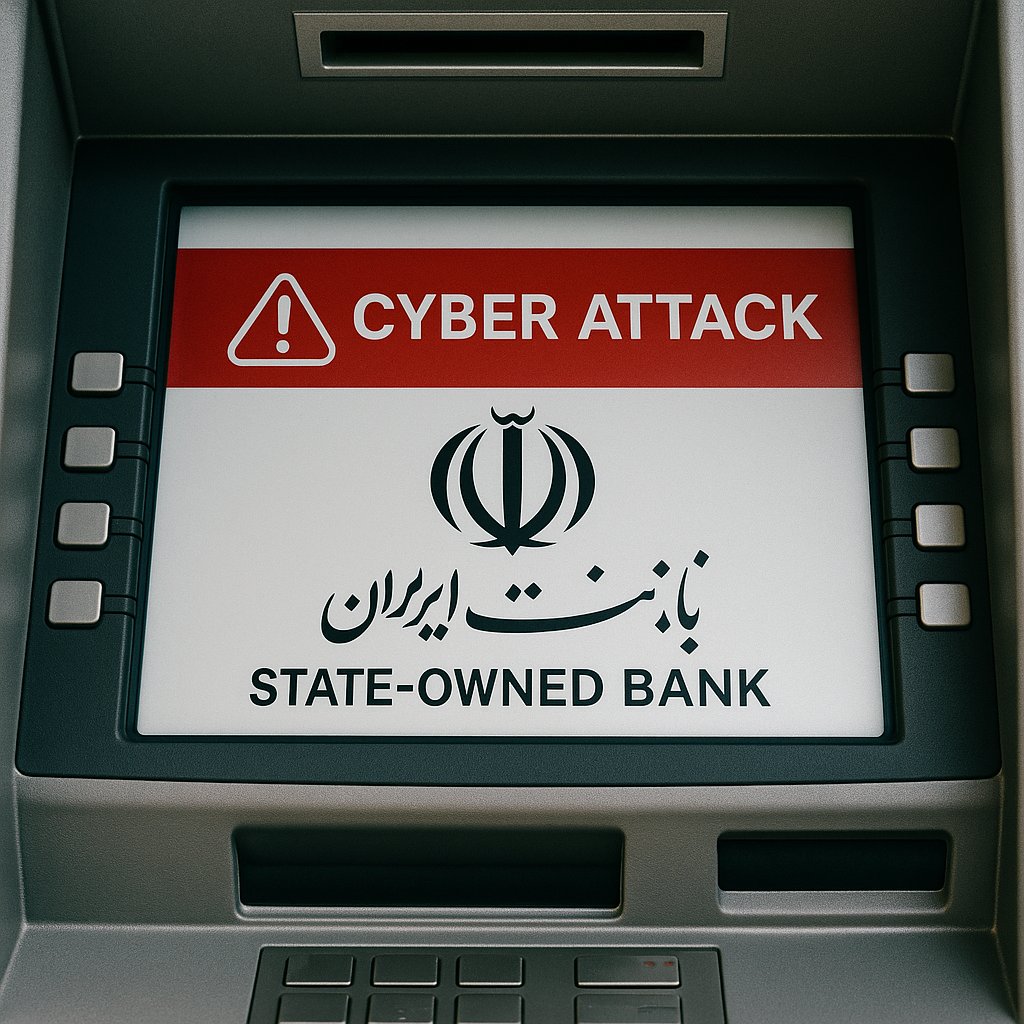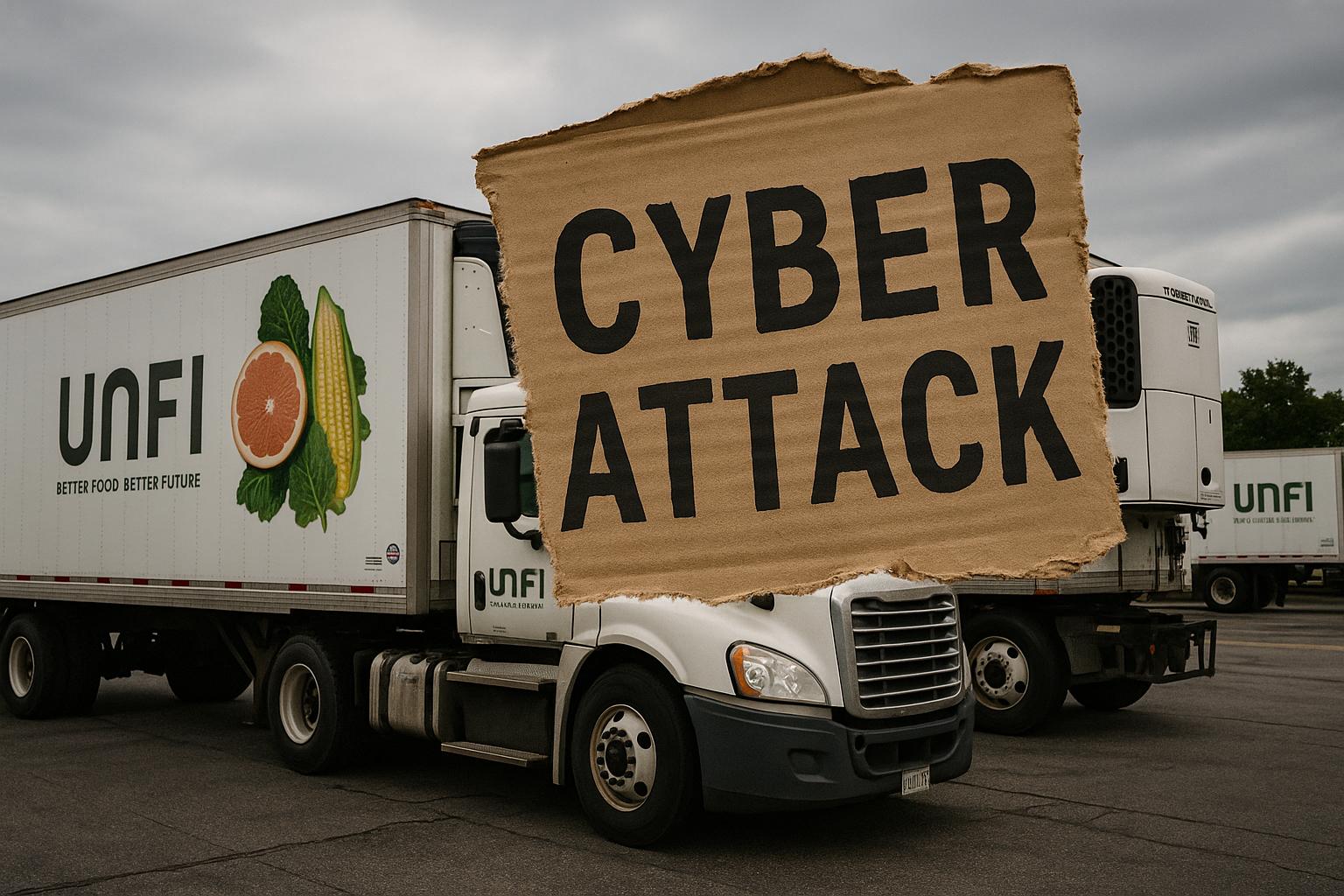cyberattacks
-
Qantas Cyberattack Exposes Data of Six Million Customers
Qantas has revealed a cyberattack that resulted in the theft of data belonging to six million customers. The airline assures that it is investigating the incident while maintaining the security of its operations.
-
International Criminal Court Faces Sophisticated Cyberattack Amid Rising Tensions
The International Criminal Court has reported a sophisticated cyberattack, the second such incident in two years, amid rising security tensions and contentious relations with the United States.
-
Hawaiian Airlines Investigates Cyberattack, Flights Remain Unaffected
Hawaiian Airlines is investigating a cyberattack that has affected access to some of its systems, while confirming that flight safety remains uncompromised. The airline is working with cybersecurity experts to address the situation.
-
Glasgow City Council Suffers Major Cyberattack, Services Disrupted
Glasgow City Council is reeling from a major cyberattack that has disrupted its digital services since June 19, 2025, with investigations underway to ascertain the extent of the breach and potential data exposure.
-
Iran Shuts Down Internet Amid Suspected Cyberattacks Linked to Israel
The Iranian government has shut down internet access amid a suspected cyber offensive linked to Israel. Internet traffic in the country has dropped significantly, raising concerns of national security amidst ongoing cyber threats.
-
Cyberattack Disrupts Iranian State-Owned Bank Amid Escalating Tensions
A cyberattack by the group Predatory Sparrow has taken Bank Sepah offline, disrupting services amid heightened military tensions between Iran and Israel. The attack underscores the rising prominence of cyber warfare in geopolitical conflicts.
-
WestJet Investigates Cyberattack Disrupting Operations and Services
WestJet is investigating a cyberattack that has disrupted access to its internal systems and app, affecting service for users. The airline is working with law enforcement and Transport Canada to contain the situation.
-
United Natural Foods Faces Disruptions Following Cyberattack
United Natural Foods (UNFI) has reported disruptions following a cyberattack that forced the company to take some systems offline, impacting customer orders and revealing ongoing cybersecurity vulnerabilities in the food industry.
-
KiranaPro CEO Reports Targeted Cyberattack Leading to Loss of Critical Infrastructure
KiranaPro CEO Deepak Ravindran reported a targeted cyberattack that deleted vital data from the grocery app’s GitHub and AWS accounts, raising concerns about insider threats and prompting an overhaul of security measures.

